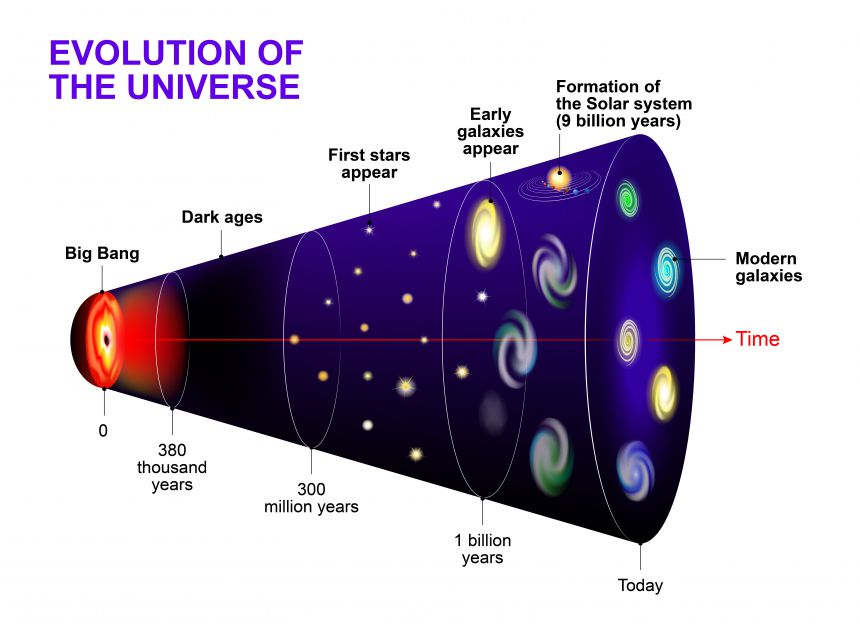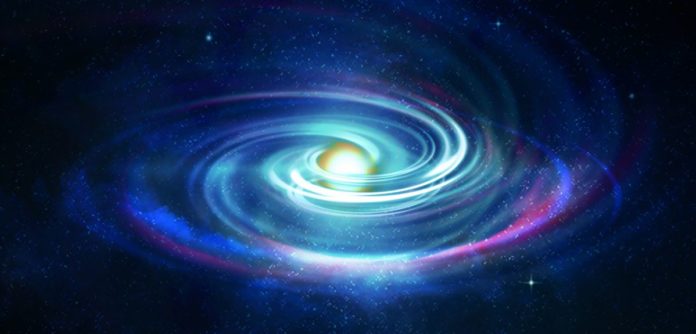Big Bang is considered as the beginning of our universe. According to the latest study by the Oxford University Earth’s universe actually existed before the point known as the Big Bang.
In the 1960s Stephen Hawking and Roger Penrose proved the “singularity theorems.” These formulae showed that Einstein’s model of the early universe always reaches a point in the past at which it cannot continue. This point is the thing that most physicists have taken to be the very beginning. In any case, the findings have demonstrated that in spite of the fact that the elucidation of Einstein’s work separates, the truth of material science proceeds.
Scientists previously tried to resolve the problem of the limits of Einstein’s model. They even created models that introduce new effects to gravity (such as string theory or loop quantum gravity) that alter the models so that they never encounter this problematic point.
This new approach is slightly different that does not avoid the Big Bang, but rather continue our solution straight through it to what happened before. The research resolves a dilemma in understanding the early universe not by creating a new model of it, but rather by reimagining the interpretation of Einstein’s existing model.
Scientists isolate the conduct of elements in our initial universe from the guide that they make of the universe and find that in spite of the fact that the guide separates, material science itself does not.
The specialized motivation behind why this is conceivable is that the conditions Einstein created contain terms which themselves can’t be computed at the Big Bang – physical parameters, for example, vitality thickness or arch which tend towards endlessness.

Although, there is a wonderful property of the conditions that up to this point has been profoundly shrouded: All the terms that are risky end up being superfluous when working out the conduct of amounts that decide how the universe shows up from inside.
When seen from the inside, there is no way to measure the overall size of the universe. All that we can see are the relative sizes of objects and their shapes. We then write the equations that determine how these relative sizes and shapes evolve purely in terms of one another without ever referencing the overall scale.
At the point when depicted just regarding shapes and relative sizes, the universe approaches the Big Bang by leveling out like a flapjack. Any three-dimensional question turns out to be viable two dimensional at the Big Bang. Experiencing the Big Bang the question winds up three dimensional once more, however, will have all the earmarks of being back-to-front.
Scientists noted, “We construct our elucidation with respect to these terms and found that there is a very much characterized universe on the opposite side of the Big Bang, where a similar understanding of the hypothesis can be connected. There we see that the universe before the Big Bang looks subjectively like our own with some fascinating contrasts.”
There is a reversal of “chirality”, which means questions that look right-submitted our universe, will develop left-gave on the opposite side.
Initial work has shown that thermodynamic quantities like entropy (which determine, for example, how refrigerators work, and the heat we get from the sun) is also inverted, so someone who lived in this universe would experience time that ran the opposite way to our own. From their perspective, our universe would be their past.
In future work we hope to gain a better understanding of the details of this mirror universe, this observation has the potential to provide further insights into the nature of time in our universe and our own origins.
The research is published in Physics Letters B.
